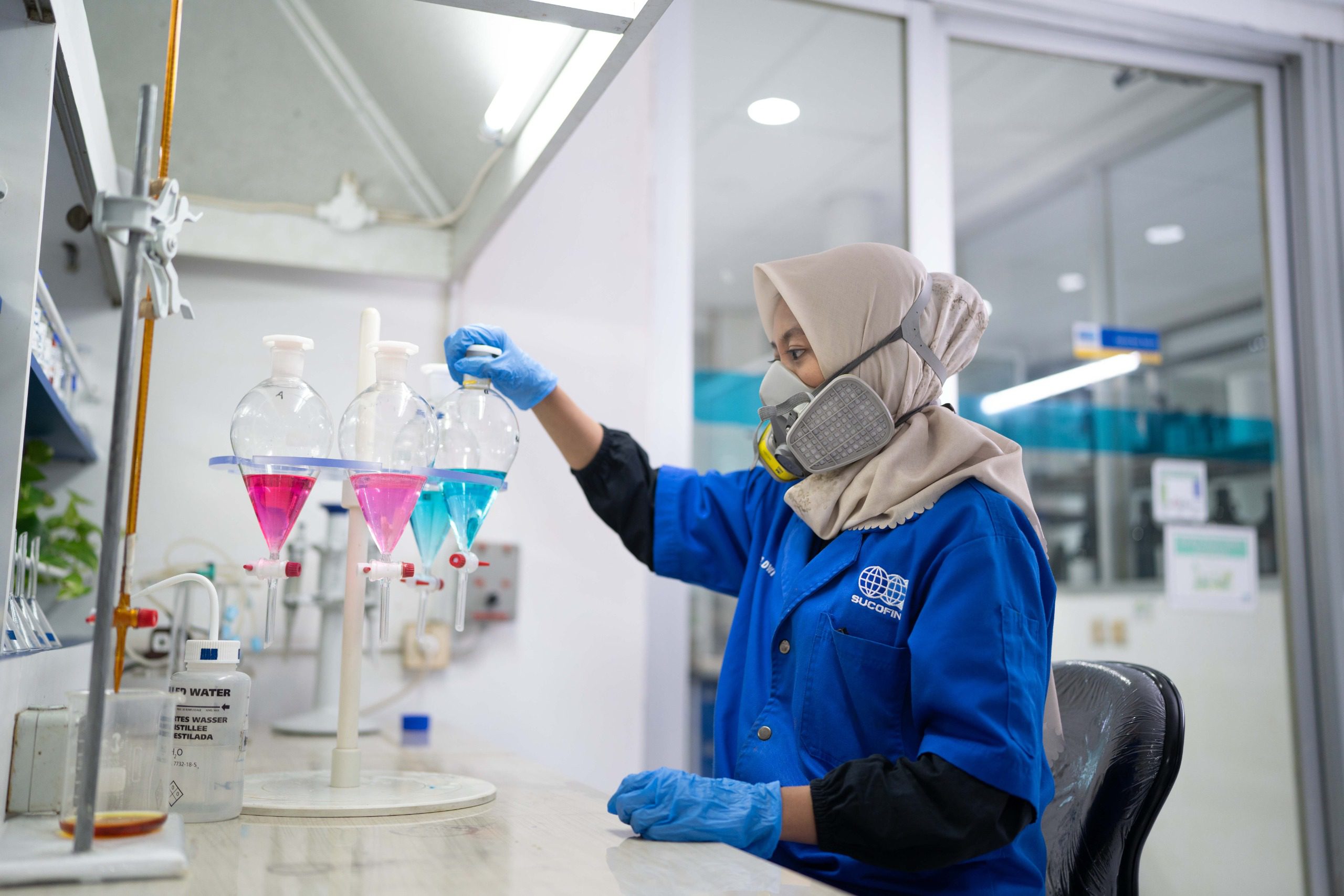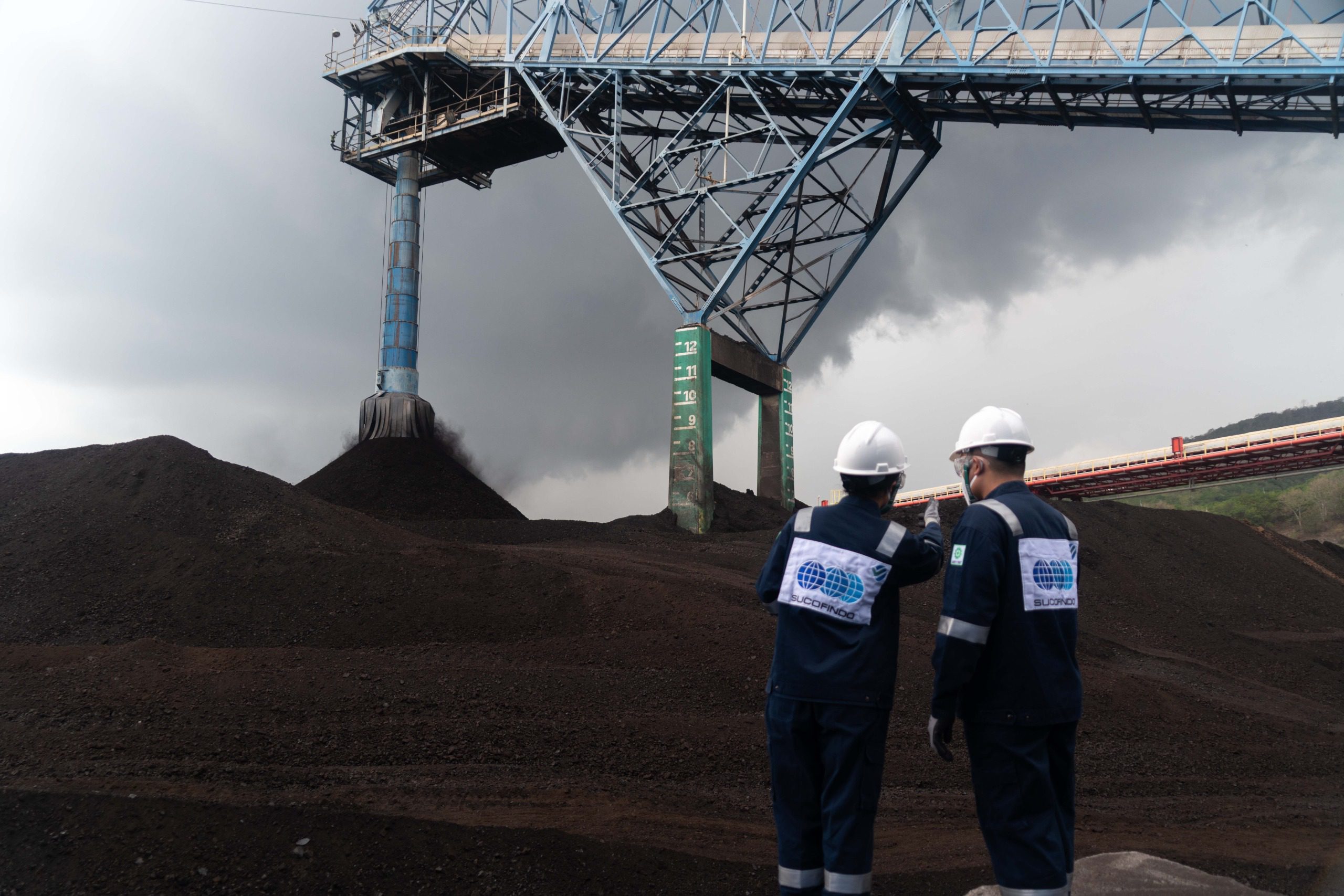The Differences between the NDT (Non-Destructive Test) & the DT (Destructive Test)!
NDT (Non-Destructive Test) is known as non-destructive testing. As the name implies, this test is carried out without damaging the material during an object inspection. This test is carried out to determine the damage and maintain a material contained in the object.
Read More : What is Greenhouse Gas Validation and Verification?
On the other hand, DT (Destructive Test), as the name implies, means a test that includes damaging the material. It aims to test the performance of the material of an object. This activity is very likely to damage the object being tested.
NDT and DT certainly have differences in terms of testing techniques. It is obvious because one is destructive and the other is not. The difference can be found in its use, NDT requires other materials as a tester of the object or material being tested. For example, when you want to do a Dye Penetrant Test, you need paint as a liquid penetrant so that you will not damage the material of the object being tested.
On the other hand, DT directly conducts direct testing on the object to be tested. The example is illustrated in the following image.
As seen in the image above, the object test is quite observable without damaging the object. This method aims to see if the object being tested is safe to use and maintain the object so that it has good performance.
If you are interested in doing NDT testing, SUCOFINDO is here to help you. Starting from object identification, preparation of equipment (tools and materials), testing/measurement, recording of results, evaluation, and technical justification in the context of standard fulfillment, customer requests, and publishing reports.
The following are the NDT (Non-Destructive Test) testing methods that we offer:
- Ultrasonic testing;
- Thickness measurement;
- Flaw detection of material (lamination, porosity, etc.);
- Flaw Detection on weld joints (porosity, slag, cracks, lack of penetration, undercut, etc.);
- Magnetic Particle Inspection;
- Surface crack detection;
- Sub-surface crack detection;
- Dye Penetrant Testing;
- Surface flaw/crack detection;
- Eddy Current Testing;
- Internal tube surface corrosion, erosion, and crack detection;
- Internal tube sub-surface crack detection.
Read More : RKL-RPL: Is it Necessary?
For more information about your testing and analysis services, you can read our article here. If you and your company need further information regarding our services, contact and consult about it here.








